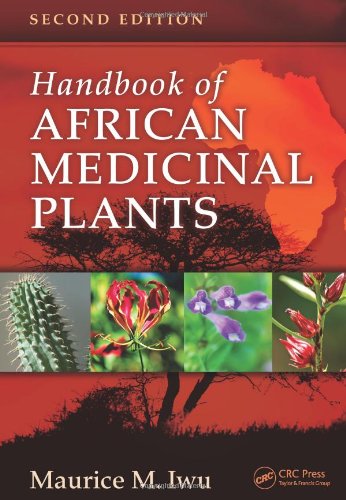

Most ebook files are in PDF format, so you can easily read them using various software such as Foxit Reader or directly on the Google Chrome browser.
Some ebook files are released by publishers in other formats such as .awz, .mobi, .epub, .fb2, etc. You may need to install specific software to read these formats on mobile/PC, such as Calibre.
Please read the tutorial at this link. https://ebooknice.com/page/post?id=faq
We offer FREE conversion to the popular formats you request; however, this may take some time. Therefore, right after payment, please email us, and we will try to provide the service as quickly as possible.
For some exceptional file formats or broken links (if any), please refrain from opening any disputes. Instead, email us first, and we will try to assist within a maximum of 6 hours.
EbookNice Team

Status:
Available0.0
0 reviewsWith over 50,000 distinct species in sub-Saharan Africa alone, the African continent is endowed with an enormous wealth of plant resources. While more than 25 percent of known species have been used for several centuries in traditional African medicine for the prevention and treatment of diseases, Africa remains a minor player in the global natural products market largely due to lack of practical information. This updated and expanded second edition of the Handbook of African Medicinal Plants provides a comprehensive review of more than 2,000 species of plants employed in indigenous African medicine, with full-color photographs and references from over 1,100 publications.
The first part of the book contains a catalog of the plants used as ingredients for the preparation of traditional remedies, including their medicinal uses and the parts of the plant used. This is followed by a pharmacognostical profile of 170 of the major herbs, with a brief description of the diagnostic features of the leaves, flowers, and fruits and monographs with botanical names, common names, synonyms, African names, habitat and distribution, ethnomedicinal uses, chemical constituents, and reported pharmacological activity.
The second part of the book provides an introduction to African traditional medicine, outlining African cosmology and beliefs as they relate to healing and the use of herbs, health foods, and medicinal plants. This book presents scientific documentation of the correlation between the observed folk use and demonstrable biological activity, as well as the characterized constituents of the plants.